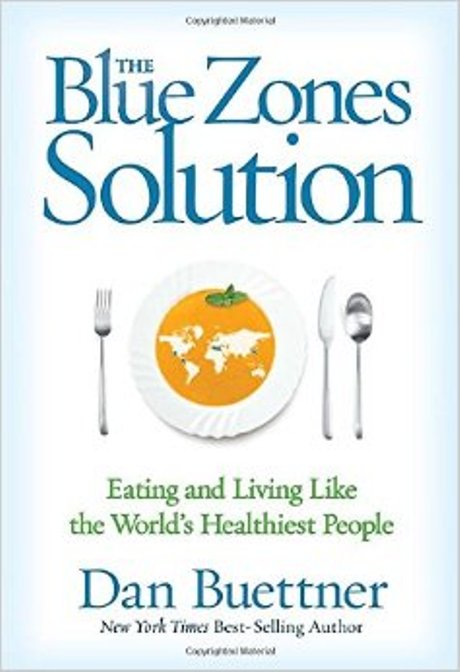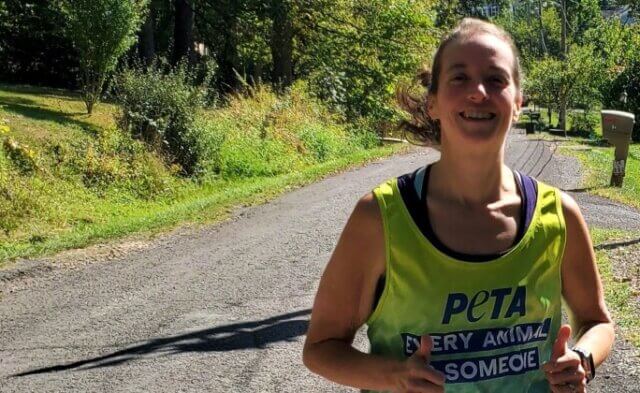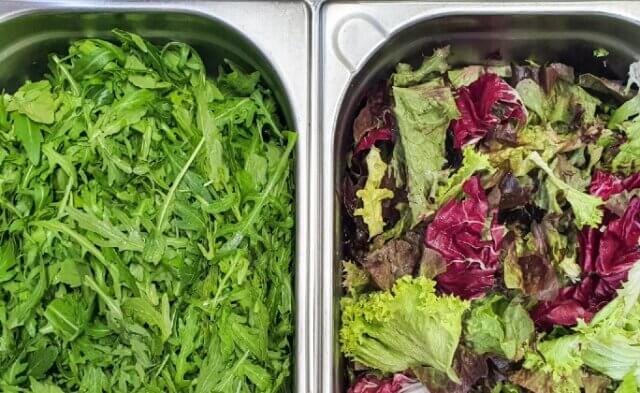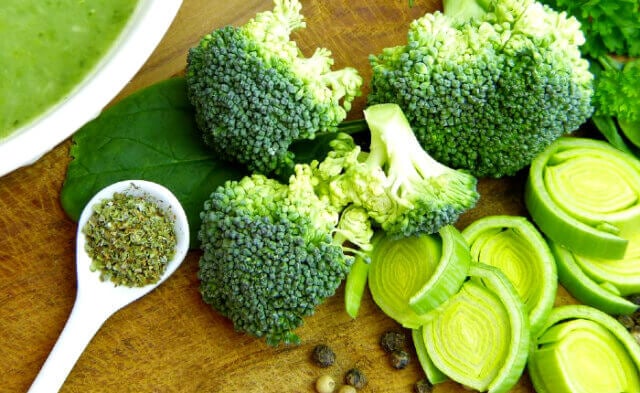National Geographic Society researcher Dan Buettner has traveled all over the world to find the secret to long life—and he’s pretty sure that he’s found it. After analyzing reams of data, he and his team identified five clusters around the world, called “Blue Zones,” where people not only live longer but also live better: Ikaria, Greece; Loma Linda, California; Okinawa, Japan; the Ogliastra region of Sardinia; and Costa Rica’s Nicoya Peninsula. What are people in these regions doing right to stay healthy so long? In his new book, The Blue Zones Solution: Eating and Living Like the World’s Healthiest People, Buettner reveals their lifestyle secrets.
Even though the Blue Zones are scattered all around the world, Buettner found that they had similar healthy habits and lifestyles. He calls these common denominators the “Power Nine”:
- Move naturally: People in Blue Zones don’t go to the gym. Instead, they walk to friends’ houses, bike to work, take the stairs, walk the dog, and/or tend a garden. They naturally incorporate exercise into their daily routine.
- Have a purpose: Have a reason for getting up in the morning. It can add up to seven years to your life.
- Downshift: Engage in de-stressing activities, such as meditation, yoga, napping, or even just hanging out with friends.
- Follow the 80 percent rule: Stop eating when you’re 80 percent full. Also, eat your largest meal early in the day, and don’t eat anything later than early evening.
- Slant toward plants: People in Blue Zones get no more than 5 percent of their calories from meat. Instead, they focus on fruits, vegetables, whole grains, and, especially, beans and lentils, which are “the cornerstone of most centenarian diets,” according to Buettner.
- Enjoy wine at 5: All Blue-Zoners drink moderate amounts of alcohol (one or two glasses a day), especially wine, which has been found to help our bodies absorb antioxidants.
- Belong to the right tribe: Associate with other health-conscious people.
- Participate in the community: Attend faith-based services, any denomination.
- Place loved ones first: Take care of your family members.

The diets of people in Blue Zones vary from one area to the next. Ikarians, for example, eat mostly greens and vegetables, while Sardinians focus on grains. But Buettner has identified one constant: They all eat plant-based diets, consuming only a small amount of meat—just a couple of ounces at a time, about once a week, on average. (And the Seventh-day Adventists in Loma Linda eat no meat at all.) Dairy products and eggs are also consumed sparingly in all the Blue Zones.
After carefully analyzing Blue Zone diets (the book is full of pie charts), Buettner arrived at a list of what he calls “Super Blue Foods.” He recommends eating at least three foods from the following list every day:
- Beans: Nicoyans eat beans and rice every day, sometimes more than once a day. They are especially fond of black beans, which, in addition to being loaded with protein, contain more antioxidants than any other kind of bean.
- Greens: Ikarians eat more than 150 different types of wild greens, but any leafy green vegetable, including kale, collards, and spinach, will do.
- Sweet potatoes: Okinawans love purple sweet potatoes, which, like other sweet potatoes, are high in sporamin, an antioxidant that has anti-aging properties.
- Nuts: A handful of nuts a day keeps the doctor away, according to a study of Seventh-day Adventists. Almonds, a favorite of Sardinians, are associated with losing weight, increasing HDL or “good” cholesterol, and lowering blood pressure.
- Olive oil: A recent study found that a healthy, low-fat diet that contains at least 4 tablespoonfuls of olive oil a day can reduce your risk of developing heart disease by 30 percent.
- Oats: Oatmeal is a favorite breakfast of Seventh-day Adventists. It’s loaded with protein, fiber, complex carbohydrates, iron, and B vitamins.
- Barley: High in protein, magnesium, and fiber, barley was found to be most highly associated with living to 100 among Sardinian men.
- Fruits: Nicoyans eat papayas—which contain vitamins A, C, and E and an anti-inflammatory enzyme called papain—almost every day. They also eat potassium-rich bananas and peach palms. The latter is a native fruit that is high in vitamins A and C and may also reduce the risk of developing stomach cancer.
- Green or herbal teas: Studies have found that green tea may protect against heart disease, cancer, strokes, diabetes, and dementia.
- Turmeric: A relative of ginger, this yellow root is consumed by Okinawans as both a spice and a tea. Turmeric is an antioxidant and has anti-cancer and anti-inflammatory properties, and it may also help prevent Alzheimer’s disease.
Buettner doesn’t just tell us what people are doing in the Blue Zones to help them live to 100—he wants to figure out ways to turn any town into a “Blue Zone.” He has done social experiments in American cities in California, Iowa, and Minnesota and come up with strategies that have been proved to work, such as providing schools with education programs, working with restaurants to offer healthier menu options, establishing community gardens, setting up walking groups, and more. “[T]he path to a long, healthy life comes from creating an environment around yourself, your family, and your community that nudges you into following the right behaviors subtly and relentlessly, just as the Blue Zones do for their populations,” says Buettner.
He puts his money where his mouth is by devoting more than a third of the book to eating tips and recipes, some derived from classics made in the Blue Zones and others devised by American chefs inspired by Blue Zone dishes. Here’s one to try today to get started on the road to 100:
Baked Ikarian Chickpeas
Adapted from The Blue Zones Solution
1 lb. dried chickpeas
1 medium zucchini, diced
2 medium carrots, peeled and diced
1 small yellow or white onion, diced
1/2 cup extra-virgin olive oil
2 Tbsp. packed fresh mint leaves, minced
1/2 tsp. salt
1/4 tsp. freshly ground black pepper
- Soak the chickpeas in a big bowl of water at room temperature for at least 8 hours. Drain in a colander. Pour into a large saucepan and add enough cool water so that the chickpeas are submerged by 2 inches. Bring to a boil over high heat. Boil for 5 minutes, then drain in a colander. Return to the pot, cover with the same amount of fresh water, and bring back to a boil over high heat. Cover, reduce the heat to low, and cook until tender, about 45 minutes. Scoop out 1 cup of the cooking liquid and set aside. Drain the beans in a colander and set in the sink.
- Position the rack in the center of the oven and heat the oven to 350°F. Stir the zucchini, carrots, onion, olive oil, and mint in a large roasting pan. Pour the drained chickpeas evenly over the vegetables, then pour in the reserved 1 cup of cooking liquid.
- Roast undisturbed until the vegetables are tender and the chickpeas are lightly browned, about 15 minutes. Stir in the salt and pepper. Set aside at room temperature for 5 minutes to blend the flavors before serving.
Makes 6 servings as a side dish
PETA is a participant in the Amazon Services LLC Associates Program, an affiliate advertising program designed to provide a means for sites to earn advertising fees by advertising and linking to Amazon.com.




